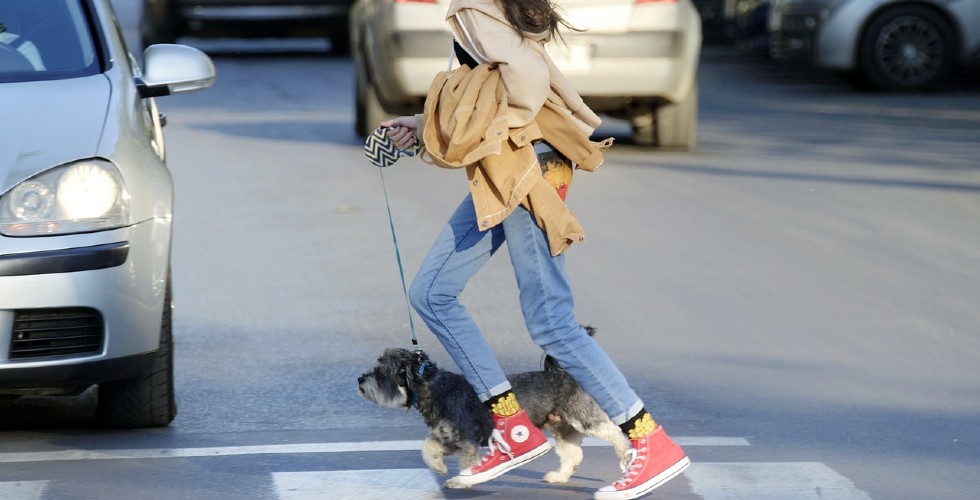Car accidents involving pedestrians are a serious concern in urban and suburban areas. Such accidents often result in significant injuries or fatalities, leading to complex legal considerations. This article aims to explore the key legal aspects surrounding these incidents, providing a comprehensive understanding for those involved or affected.
Understanding Fault and Liability
- Negligence and Duty of Care: In car-pedestrian accidents, determining fault is critical. Drivers are required to exercise reasonable care, which includes observing speed limits, yielding to pedestrians at crosswalks, and being vigilant. Similarly, pedestrians must follow traffic signals and use designated crossing areas. Negligence, whether by the driver or pedestrian, becomes a key factor in establishing liability.
- Comparative and Contributory Negligence: Many jurisdictions follow the principles of comparative or contributory negligence. Comparative negligence allows the injured party to recover damages even if they are partially at fault, though their compensation is reduced by their percentage of fault. In contrast, contributory negligence may bar recovery if the pedestrian is found even slightly at fault.
Insurance Considerations
- Auto Insurance Claims: Typically, the driver’s auto insurance policy is the first avenue for compensation. Pedestrian victims can file a claim under the driver’s liability coverage.
- Personal Injury Protection (PIP) and No-Fault States: In no-fault states, pedestrians may seek compensation under their own Personal Injury Protection coverage, if available, regardless of who was at fault.
Legal Claims and Damages
- Filing a Personal Injury Lawsuit: If insurance does not fully cover the damages, pedestrians may file a personal injury lawsuit seeking compensation for medical expenses, lost wages, and pain and suffering.
- Wrongful Death Claims: In fatal incidents, the victim’s family may pursue a wrongful death lawsuit against the driver, seeking damages for loss of companionship, funeral expenses, and other related costs.
Special Considerations for Hit-and-Run Accidents
In cases where a driver flees the scene, the pedestrian may still seek compensation through uninsured motorist coverage or state-specific funds for hit-and-run victims.
The Role of Legal Representation
Navigating the aftermath of a car-pedestrian accident can be complex. Legal representation is invaluable in understanding rights, dealing with insurance companies, and pursuing litigation if necessary. Experienced attorneys can guide victims and their families through the legal process, ensuring that their rights are protected and they receive fair compensation.
Conclusion
Car accidents involving pedestrians present a complex interplay of legal considerations. Understanding the nuances of fault, insurance claims, and legal remedies is crucial for anyone involved in such an incident. With the right legal guidance, victims can navigate these challenges effectively and seek the justice and compensation they deserve.

